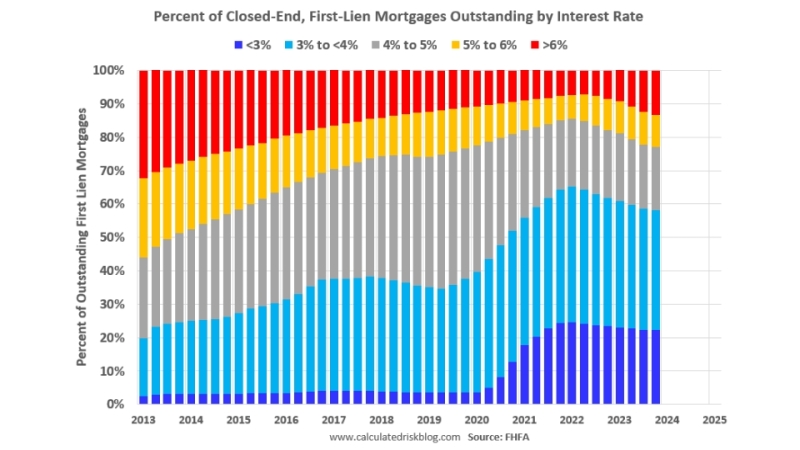
Every Dollar A Fraudster Makes, A Financial Firm Loses $4.41

U.S. investment firms and credit lenders see a 9% annual increase in the financial impact of fraud.
Overall fraud increased at least 6% for 63% of financial firms within the past year, with digital channels accounting for half of the overall fraud losses, according to LexisNexis True Cost of Fraud Study: Financial Services and Lending Report — US and Canada Edition.
U.S. investment firms and credit lenders now lose nearly an extra dollar for every $1 of fraud loss compared to last year: $4.45 in 2023 versus $3.49 in 2022, representing a 9% year-over-year increase, which was notably higher than U.S. banks and mortgage lenders.
Fraud losses in the phone channel also spiked across the industry, aligning with widespread increases in scam attacks and losses due to scams. Scams comprise 35% of fraud losses for organizations in North America.
While these costs to financial institutions include fines, fees and the effort spent on investigating fraudulent transactions, they do not factor in the negative impact of stricter fraud prevention measures on the customer experience. A significant 79% of respondents acknowledged a negative impact of fraud on customer trust. In the long term, this also results in customer churn, damaging reputation and the company's bottom line.
"New forms of fraud elevate the risk of loss for both financial institutions and their customers," said Kimberly Sutherland, vice president, fraud and identity strategy, LexisNexis Risk Solutions. "Our study shows that organizations are facing challenges in combating fraud from international transactions and scams, despite efforts to educate consumers.”
Organizations encounter thousands of fraudulent transactions monthly. Fraudsters, seeking to overwhelm companies during the account creation process, persist in automating criminal activities with technology, making it increasingly challenging for businesses to manage the scale and speed of attacks. The unpredictable and multi-faceted nature of threats compel businesses to adopt a multi-layered approach to mitigating fraud risk across the customer journey, or they risk increased financial loss and customer frustration.
“Across industries, geographies and customer journey stages, firms have implemented more advanced identity authentication and transaction verification solutions, especially behavioral intelligence, device identification, physical biometrics and browser tracking solutions,” Sutherland added. “Firms using a multi-layered, risk-based solutions approach have a lower cost of fraud and fewer challenges across each customer journey stage.”
Suggested solutions for companies to implement include:
- Combining a risk-based and data-driven approach to fraud management
- Balancing fraud management effectiveness and customer experience
- Leveraging the capabilities of cutting-edge technologies like artificial intelligence, machine learning and biometric- and behavior-based authentication methods.




